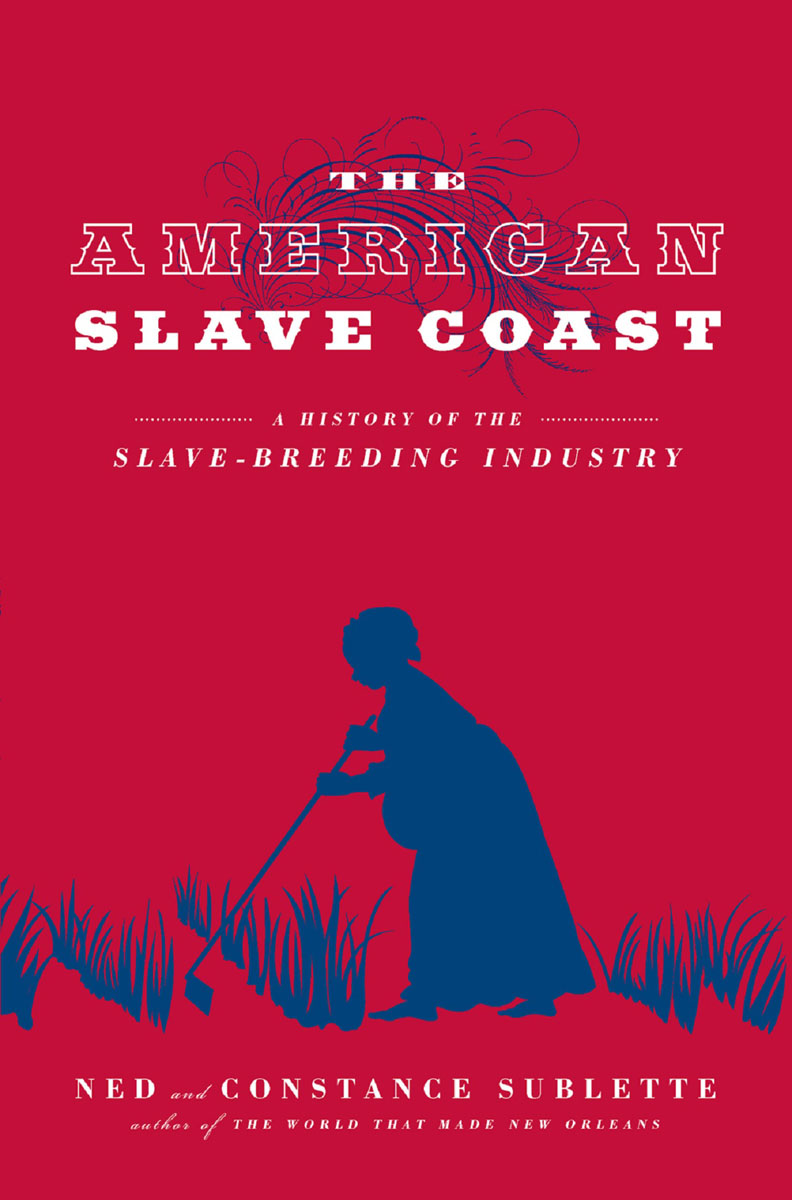
American Slave Coast
A History of the Slave-Breeding Industry
فرمت کتاب
ebook
تاریخ انتشار
2015
نویسنده
Constance Subletteناشر
Chicago Review Pressشابک
9781613748237
کتاب های مرتبط
- اطلاعات
- نقد و بررسی
- دیدگاه کاربران
نقد و بررسی

August 15, 2015
A sprawling study of the lucrative slave economy of the South, from importation to breeding. In 1808, the importation of slaves was banned in the United States for protectionist rather than humanitarian measures, signaling a changeover to a domestic slave trade. This husband-and-wife team of accomplished authors and researchers-Ned (The World that Made New Orleans, 2008), and Constance, aka novelist Constance Ash-see that year as key in the transformation of African-American culture. The authors exhaustively delineate the many layers of this horrific story, and they focus on what the numbers reveal: while about 389,000 kidnapped Africans reached the ports of the United States, mostly before independence, by 1860, the number of enslaved persons had grown to 4 million African-Americans. The scramble for labor spurred a slave-breeding economy-epitomized by the fictionalized "stud-farm plantation" in the wildly popular work Mandingo-in which women were breeders ("each prime field wench produced five to ten marketable children during her lifetime") and men, the "stock Negro," where children and parents were separated and frequently resold, and many were trafficked into new territories southward and westward. "Increase" was the message on the plantations, in all senses of the word. In a work of ambitious breadth, the authors first look at the realities of this breeding economy, in which people were money and children were interest. Then they delve into the early evolution of slavery into the Chesapeake and the Lowcountry and study how all the necessary accouterments allowed slavery to prevail, including the running of newspaper ads for sales and runaways, the rise of the Jacksonian "democracy" promising poor whites the possibility of becoming slave owners one day, and specific companies and businesses that profited mightily. This well-documented, occasionally choppy book will be valuable to historians and scholars but may prove daunting for general readers. A massive story of impressive research presented in sometimes-erratic fashion.
COPYRIGHT(2015) Kirkus Reviews, ALL RIGHTS RESERVED.

September 1, 2015
Despite their book's sensational title, historians and coauthors Ned (The World That Made New Orleans) and Constance Sublette offer a serious, if also sprawling and passionate, history on the ways slavery made men rich and drove the United States toward civil war. Spanning the colonial period through the collapse of the Confederacy, the authors recount the uses and abuses of slavery as a form of labor but also as a type of exchange, credit, and collateral. The ultimate wealth of slavery, they argue, was in enslaved women's bodies, for slaveholders calculated the buying and selling of people on their capacity to reproduce. The domestic slave trade provided a large and expanding market, and slaveholders capitalized on the demands for labor in the cotton-growing Gulf South by exporting slaves southward and westward in what became a second Middle Passage. VERDICT Scholars will not find much new in this book and will be troubled by a number of errors in fact and emphasis as well as the authors' gratuitous and distracting asides. Still, readers will profit from the extensive survey of "slave breeding" that should remind them that, at its core, American slavery prospered as a violent business with little conscience and brought riches to planters and misery to the enslaved.--Randall M. Miller, St. Joseph's Univ., Philadelphia
Copyright 2015 Library Journal, LLC Used with permission.

























دیدگاه کاربران